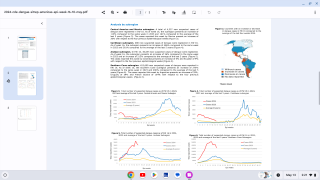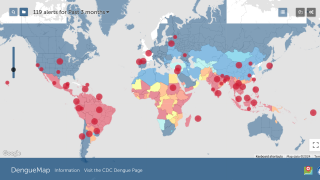Dengue Outbreak Reaches Himalayas Mountains

The Federal Democratic Republic of Nepal health department today confirmed over 12,000 cases of dengue and six related deaths in 77 districts this year.
As of mid-September 2024, Nepal's health authorities have abandoned preventive measures such as mosquito search-and-destroy, leading to a rise in infections.
Public health experts warn that dengue outbreaks could escalate in the pending post-monsoon season, which is considered the primary dengue season.
"The coming days will be more challenging for us, as dengue cases could surge," said Dr. Sher Bahadur Pun, chief of the Clinical Research Unit at Shukraraj Tropical and Infectious Disease Hospital at Teku in Kathmandu, as reported by The Kathmandu Post on September 25, 2024.
Nepal reported its first travel-related dengue case in 2004 in the Chitwan district. Since then, Nepal has confirmed an increasing number of outbreaks. In 2023, at least 20 persons died, and the mosquito-transmitted virus infected more than 52,000 people.
Current data suggests that dengue cases are expanding out of the lowland areas typically suitable for breeding Aedes mosquitoes to higher elevations.
Nepal is mainly situated in the Himalayas Mountains, including Mount Everest, at 23,600 feet above sea level. Its experience differs from that of the Region of the Americas, where dengue cases are generally reported below 6,500 feet in elevation.
According to media reporting, Nepal has not launched a dengue vaccination program.
Our Trust Standards: Medical Advisory Committee























